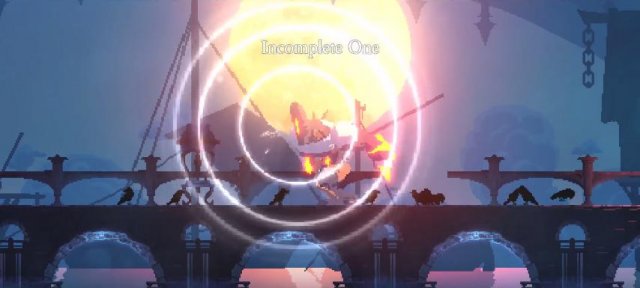

Today, Hamada and her team are in the process of collecting training data from cameras set up at two solar facilities around Illinois. But instead of attaching it to a streetlamp, the Argonne team is going to slap it on a solar panel. Boulder’s small camera system is designed for edge computing, the catch-all term for data processing that is done on-site rather than at a faraway data center. To make it happen, the Argonne team is using commercial hardware developed by a company called Boulder AI for monitoring pedestrian and vehicular traffic. This means that the hardware that will run Argonne’s birding algorithm has to be incredibly resource-efficient, since it will be running on batteries or using small solar panels of its own, while also having to crunch a massive amount of real-time data. But they don’t have power outlets connected to the panels,” says Szymanski. “You’d think solar facilities should have power, because they generate it. There are no nearby data centers, there’s limited internet bandwidth, and it can even be hard to get electricity. Solar facilities tend to be out in the middle of nowhere and typically don’t have the type of infrastructure that state-of-the-art machine-learning applications require. The hardware for the system also comes with some challenges. Flight paths prior to perching are shown with red lines. “Do birds even see the same way people do? We need to collect more data to form a complete picture.”īirds spotted at Argonne’s solar facility (indicated with red boxes). “But that hypothesis is from a human perspective,” says Sporer. One leading theory suggests birds mistake the glare from solar panels for the surface of a lake and swoop in for a landing, with deadly results. The link between solar facilities and bird deaths is still unclear. That’s less than one-tenth of one percent of the estimated number of birds killed by fossil-fuel power plants (through collisions, electrocution, and poisoning), but the researchers expected that number to nearly triple as planned solar farms come online. In 2016, a first-of-its-kind study estimated that the hundreds of utility-scale solar farms around the US may kill nearly 140,000 birds annually. “What does it mean when you find a dead bird? Nobody really knew.” But simply getting the data on avian deaths at solar facilities proved challenging.

“There was very little research about the impacts of solar on birds,” says Misti Sporer, the lead environmental scientist at Duke Energy, an electric utility in North Carolina, and member of the working group.


So in 2013, a group of utilities, academics, and environmental organizations came together to form the Avian Solar Working Group to develop strategies to mitigate avian deaths at solar facilities around the US. No one was quite sure why this was happening, but it was clearly a problem for a type of energy that was billed as being environmentally friendly. Utility companies have been finding bird carcasses littering the ground at their facilities for years, a strange and unexpected consequence of the national solar boom. America’s solar farms have a bird problem.


 0 kommentar(er)
0 kommentar(er)
